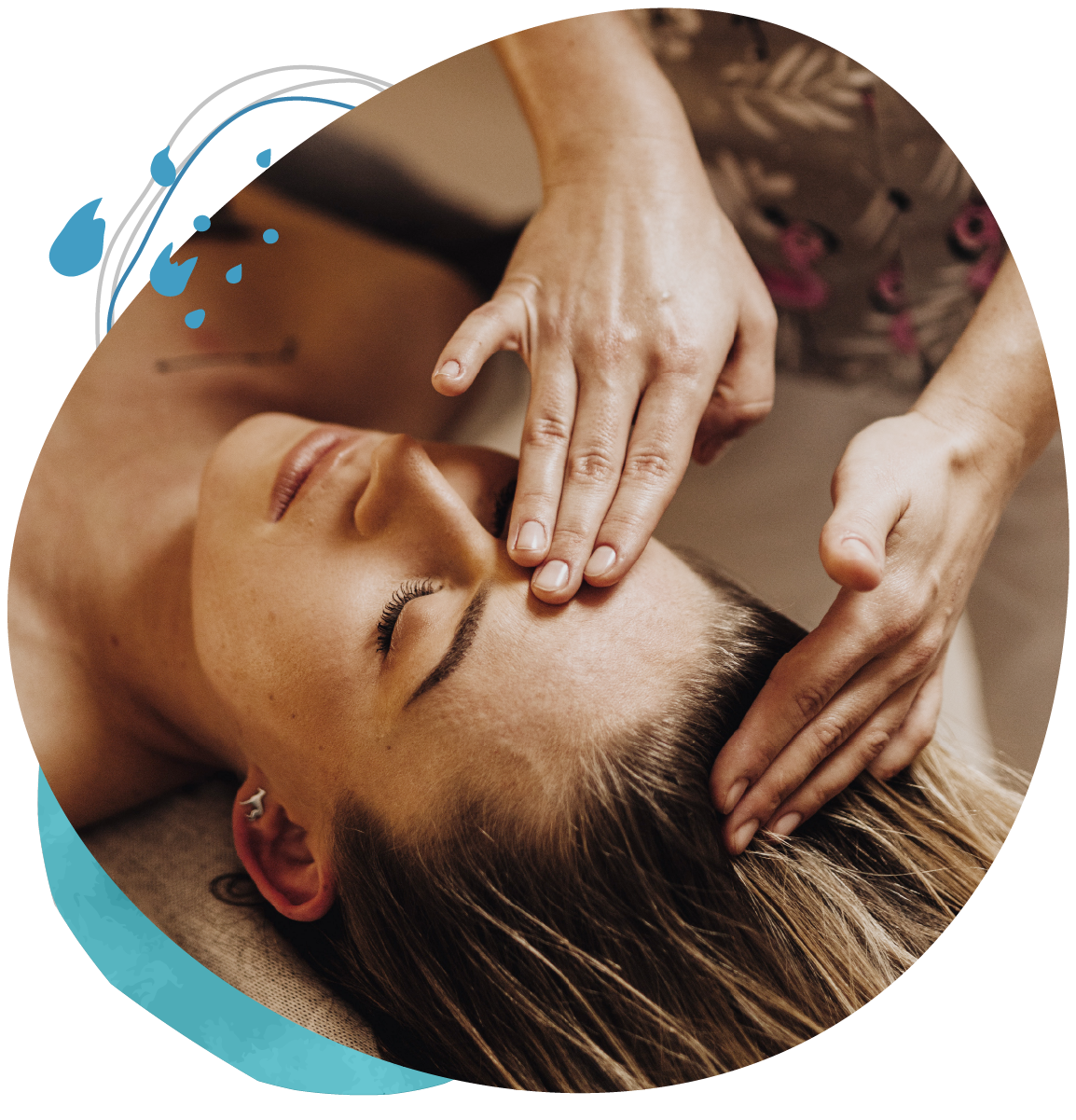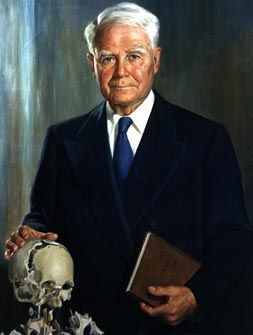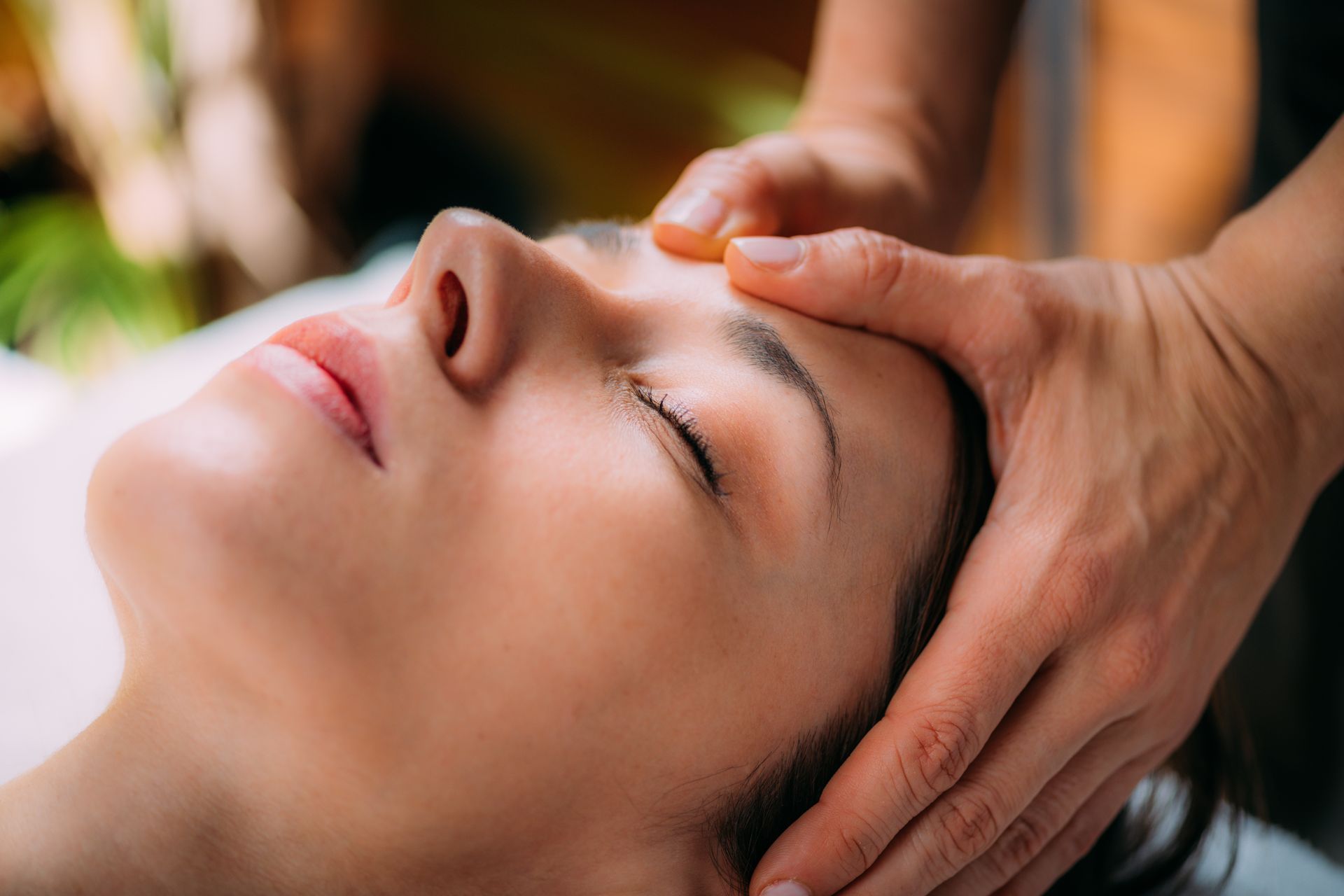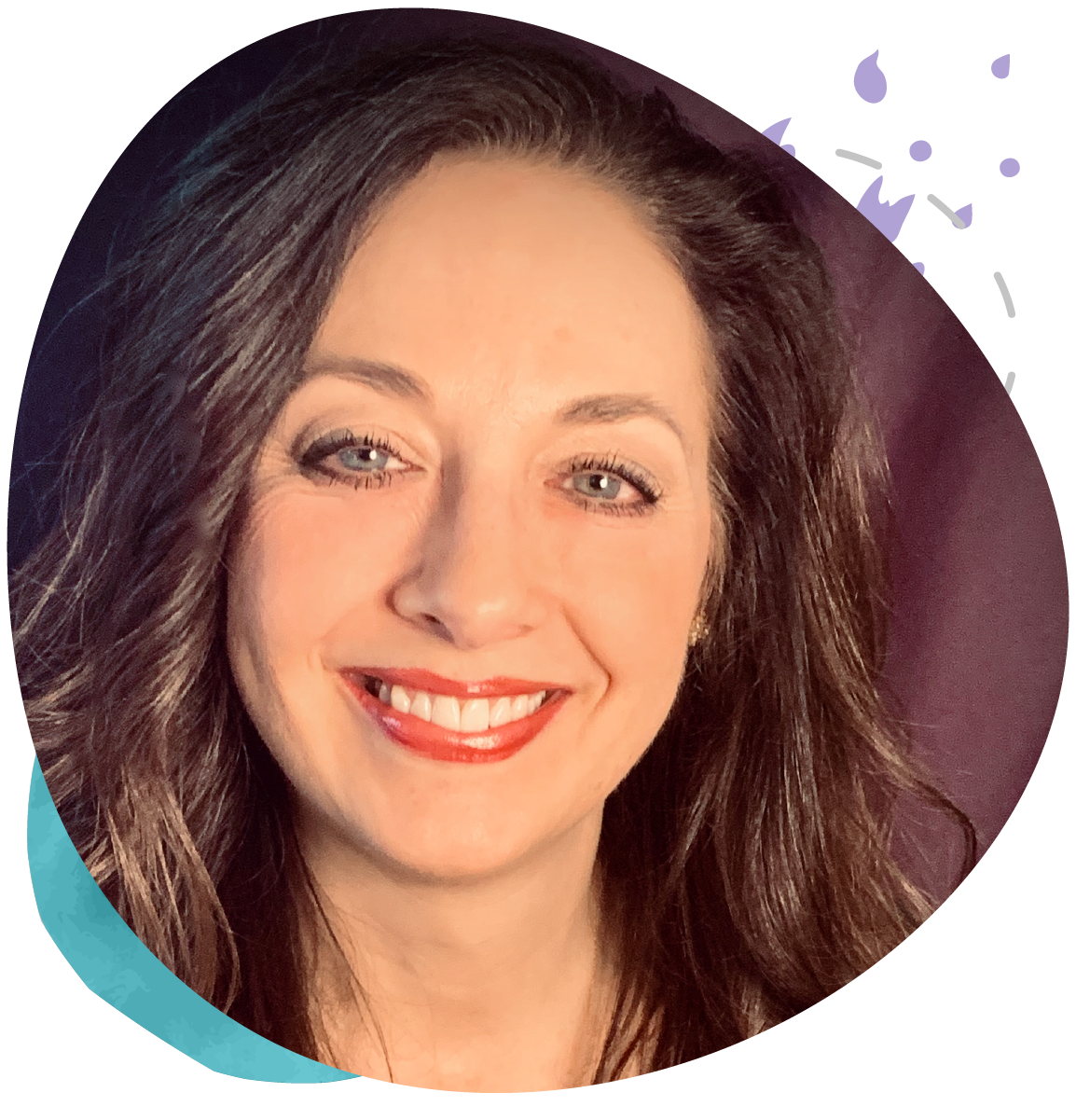
Craniosacral therapy (CST) is a gentle yet impactful form of bodywork that helps to improve the function of the central nervous system and restore balance throughout the body.
What is
Craniosacral Therapy?
Craniosacral therapy (CST) is a gentle yet impactful form of bodywork that helps to improve the function of the central nervous system and restore balance throughout the body.
Craniosacral Therapy (CST) is a healing modality that provides light touch and manual pressure to help balance the body's craniosacral system. This system consists of fluid, membranes, bones, nerves, and connective tissue of the cranium and spinal area which should all coexist in a state of equilibrium. Applying gentle pressure with the hands-on various body areas can help relieve pain or blocked energy in these areas
CST is a holistic, hands-on therapy that can be used to treat a variety of physical and emotional issues. It is built on the understanding that our bodies have an inherent capacity to heal themselves, and CST allows this healing process.
At Orofacial Myology Resolutions, we use CST to help alleviate various physical and emotional issues, from headaches and TMJ pain to depression and anxiety.
What is the history of Craniosacral Therapy?

In the early 1900s Dr. William G. Sutherland, an osteopathic physician, detailed movement in the cranial bones and the pelvis, reporting that our cranium is not one solid mass, but made of individual bones connected by layers of tissue. He also noticed that the craniosacral fluid rises and falls, appearing to create that movement. He believed that the subtle movements he felt were connected to overall health and wellness, consequently developing a hands-on technique to encourage holistic self-healing and restoration of the body’s own mechanisms, calling it cranial osteopathy.
In the 1970s Dr. John Upledger, another osteopathic physician, continued this research, further developing it, and named it craniosacral therapy. CST is based on the idea that the body is interrelated on all levels. CST practitioners feel for this cranial movement through light touch to assess a patient's areas of tension or restriction in motion and then gently use their hands to realign irregularities throughout the body. Practitioners believe that as spinal health and alignment are restored, deep healing occurs at a physical and energetic level.
Today, thousands of practitioners worldwide incorporate CST into their practices with much success in providing relief from pain or injury along with many other issues, such as stress reduction and improved nervous system function.
What Conditions Can Craniosacral Therapy Help?

CST has been used to treat a wide range of physical and psychological conditions, including:
• Headaches/Migraines
• TMJ Pain
• Stress-related pain or tension in the neck and shoulders
• Anxiety, depression and other emotional issues
• PTSD
• Chronic fatigue
• Fibromyalgia
• Back pain, sciatica and other joint pains
• Learning and behavior disorders in children
How does Craniosacral Therapy (CST) work?
During a craniosacral therapy session at Orofacial Myology Resolutions, your practitioner will apply gentle pressure to various points on the body. In discovery, Rhonda Norton RDH will listen and feel for restrictions, tightness, or disruptions in your fascial system. This will help her identify areas of congestion or tension and the source of any pain or discomfort you may be experiencing.
Craniosacral therapy is centered on the premise that a subtle yet powerful flowing rhythm originates in the cranium and sacrum (tail bone) bones and reverberates throughout the whole body. This natural motion strengthens an individual's resistance to diseases and nurtures an overall sense of well-being. When this natural flow of motion is disrupted, restrictions can lead to pain or dysfunction in other parts of the body. Our craniosacral therapists are trained to recognize such restrictions in order to gently release them, restoring harmony and balance within the individual's body, mind and spirit.

What are the main benefits of Craniosacral Therapy?
Cranial sacral therapy works by using light touch manipulation techniques to release areas of deep-seated tension in the body and encourages balance throughout the central nervous system. Here are some of the main benefits it offers:
- Reduced stress levels
- Improved flexibility and muscle tone
- Alleviation of chronic pain such as headaches or backaches
- Enhanced quality of sleep
- Heightened mental clarity
- Balanced emotional responses
- Relief from sinus issues and ailments related to TMJ disorder and jaw tension
Through CST, our practitioners can tap into inhibitory reflexes that work with nerve complexes, muscles, bones, organs, ligaments, etc., for the patient to experience relief from their ailments quickly and effectively.
Experience relief and peace of mind
Orofacial Myology Resolutions is dedicated to providing the highest quality craniosacral therapy. Rhonda uses various techniques to ensure clients receive the best care possible. If you are interested in exploring craniosacral therapy and its many benefits, please get in touch with us for more information.

Frequently asked questions about Craniosacral therapy:
-
How long does a Craniosacral session last?
Each session lasts for about 60-90 minutes.
-
What can I expect during a Craniosacral session?
During your first session, your practitioner will take a detailed medical history in order to understand your current condition and how best to treat it. You will then be asked to lie down on a comfortable treatment table and the practitioner will use gentle touch to release any restrictions in your craniosacral system.
-
What should I wear during my Craniosacral session?
You should wear comfortable, loose-fitting clothing that you can easily move around in.
-
What areas of the body does craniosacral therapy address?
Craniosacral therapy focuses on the entire body but can be especially beneficial for relieving tension and pain in the head, neck, and shoulders. It can also help to reduce stress levels and improve overall flexibility, muscle tone, mental clarity, emotional balance, sleep quality, and relief from sinus issues.
-
Is craniosacral therapy right for everyone?
Craniosacral therapy can benefit more individuals. However, some conditions may require a referral to another healthcare practitioner beforehand. These conditions include, but are not limited to:
- Aneurysms
- Arterial blockages
- Bone cancer
- Brain tumors
- Cerebral palsy
- Epilepsy
- Glaucoma
- Head trauma
- High blood pressure
- Lyme disease
- Multiple sclerosis
- Spinal cord injuries
- Recent fractures or surgery within the craniosacral system.
If you are still determining whether CST is right for you, please contact us, and we will be happy to discuss your individual needs further.
-
Does CST help balance the central nervous system?
Yes, CST is designed to address restrictions in the central nervous system. Carefully manipulating the body's soft tissue allows craniosacral therapists to relieve tension and restore balance in this vital system.
-
What will I feel after a Craniosacral session?
Most people report feeling relaxed and energized after their session. It's not uncommon for clients to feel some minor discomfort as the practitioner releases any areas of tension in the body, but this should quickly subside post-treatment.
-
How often should I receive Craniosacral therapy?
This depends on your individual needs and condition. Generally speaking, sessions can be spaced out over long periods of time for maintenance care. However, if you are dealing with a chronic condition or recent injury, you may benefit from more frequent sessions at first and then decrease the frequency as your condition improves.

